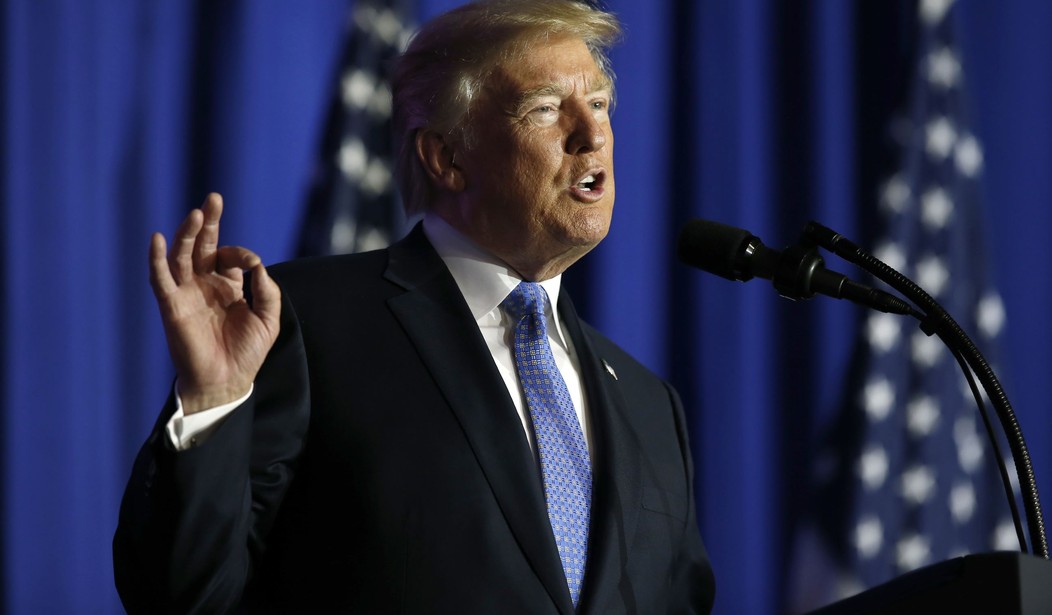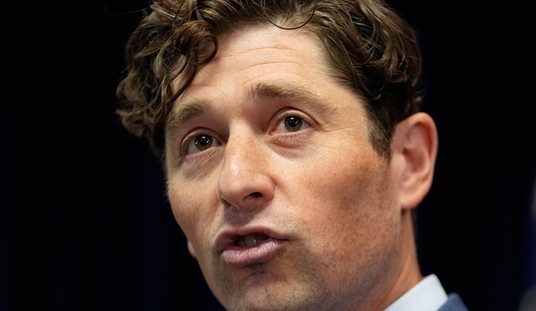Editor's note: This column was authored by Anil Niraula.
Americans spend almost nine billion hours filing their tax returns each year, while American businesses pay the highest corporate taxes across the developed world. The new plan for reforming the broken tax system––unveiled by President Donald Trump earlier this September––may offer some positive solutions for the taxpayer.
Cutting tax rates across the board and simplifying the unfathomable 74,608-page-long tax code, as the plan suggests, is no small matter. And, if done right, has all the prerequisites to spur economic growth, generating long-awaited wage gains and raise the living standard.
“Our economy can’t reach its full potential until hard working people in this country can’t reach theirs,” said Kevin Brady (R-Texas) during his speech at the Heritage Foundation.
After all, the economy most of us crave to see growing is composed of millions of Americans producing and consuming a multitude of products on a daily basis. And as such, it is bound to grow either with more people (i.e. population growth) or, even better, with higher labor productivity.
To this point, an economist Paul Krugman once wrote “A country’s ability to improve its standard of living over time depends almost entirely on its ability to raise output per worker [productivity].”
Unfortunately, the US, as well as other developed countries, has seen ultra low labor productivity gains since the recession, according to the Bureau of Labor Statistics.
And the growing government, in addition to our aging population, is one large component of that. The ballooning public costs––and by extension rising taxation––that include public pensions and entitlement programs, are crowding out much-needed investments for meaningful labor productivity gains, says Alan Greenspan, former Chairman of the Federal Reserve.
Recommended
The new tax reform proposes cutting personal income taxes and reducing the number of tax brackets from seven to three: 12 percent, 25 percent, and 35 percent for top earners. The reform package will also double the amount of the standard deductions (i.e. the amount of the first income not taxable), among other things.
According to the plan’s outline, corporations will see their taxes reduced from the current 35 to 40 percent to 20 percent. They’ll also be able to “fully expense” or deduct new equipment in the first few years the plan becomes effective. To prevent foreign incomes from being taxed twice, the system will switch to so-called destination-based taxation, taxing only incomes received in the United States.
So far, several nonprofits have taken a crack at the plan’s original source––the House GOP tax reform blueprint––with mixed, but generally comparable results. A study done by the nonprofit Tax Foundation portents that the tax reform will generate a 9.1 percent GDP growth in the long term, consequently raising personal after-tax incomes by at least 8.4 percent. The drop in the government revenue due to fewer taxes was estimated to be around $2.4 trillion in the first decade, without accounting for additional economic effects that would substantially reduce this amount.
Analysis by the Tax Policy Center suggests a cumulative GDP growth between two and 12 percent––and $3.1 trillion drop in federal revenue in the first decade––before looking at the expected economic effects.
In short, personal and corporate tax cuts would spur investments into such things as professional training, capital, and technologies, fueling the labor productivity growth.
However, while the outlined proposal could provide additional impetus to boost productivity, the key ingredient for economic growth, many questions hang in the air unanswered. Not least of which is the way government plans to cope with the lost revenue.
The most obvious answer to this question would of course be to borrow more money by incrementally increasing already colossal national debt. But, as pointed out by the Brookings economist William Gale “someone, somewhere, at some time” will have to pay for these tax cuts either through increases in other taxes or reductions in government programs, even if the costs are initially funded through increased borrowing.
This does seem like a good time to reaffirm Trump’s case for smaller and leaner government. The funding mechanism will eventually determine whether the tax plan can be deficit-neutral and net positive for the taxpayer.
Meantime, as the Senate passes the 2018 budget, the tax proposal gets one step closer to its Congressional hearings, where other options––such as introduction of a fourth tax bracket for the country's ultra-wealthy––will likely be explored.
Whatever the outcome might be, national tax reform is long overdue. As Ronald Reagan noted before signing the 1986 tax bill, “We should not forget that this nation of ours began in a revolt against oppressive taxation.”
Anil Niraula is a policy analyst who writes on pensions, labor, tax and economic policies. He is a Young Voices Advocate.
























Join the conversation as a VIP Member